Need-based prioritization of behavior
- PMID: 30907726
- PMCID: PMC6433464
- DOI: 10.7554/eLife.44527
Need-based prioritization of behavior
Abstract
When presented with a choice, organisms need to assimilate internal information with external stimuli and past experiences to rapidly and flexibly optimize decisions on a moment-to-moment basis. We hypothesized that increasing hunger intensity would curb expression of social behaviors such as mating or territorial aggression; we further hypothesized social interactions, reciprocally, would influence food consumption. We assessed competition between these motivations from both perspectives of mice within a resident-intruder paradigm. We found that as hunger state escalated, resident animal social interactions with either a female or male intruder decreased. Furthermore, intense hunger states, especially those evoked via AgRP photoactivation, fundamentally altered sequences of behavioral choice; effects dependent on food availibility. Additionally, female, but not male, intrusion attenuated resident mouse feeding. Lastly, we noted environmental context-dependent gating of food intake in intruding mice, suggesting a dynamic influence of context cues on the expression of feeding behaviors.
Keywords: behavior; competition; mouse; neuroscience; optogenetics.
Conflict of interest statement
CB, SF, JN, AS, JL, TD, MK No competing interests declared
Figures
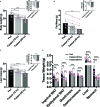


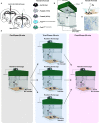

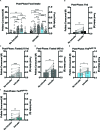


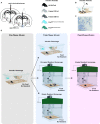
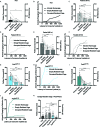




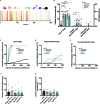
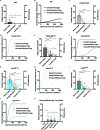

References
-
- Archer J. The organization of aggression and fear in vertebrates. Perspectives in Ethology. 1976;2:231–298. doi: 10.1007/978-1-4615-7572-6_7. - DOI
-
- Armstrong DP. Aggressiveness of breeding territorial honeyeaters corresponds to seasonal changes in nectar availability. Behavioral Ecology and Sociobiology. 1991;29:103–111. doi: 10.1007/BF00166484. - DOI
-
- Baranowska B, Chmielowska M, Wolinska-Witort E, Roguski K, Wasilewska-Dziubinska E. The relationship between neuropeptides and hormones in starvation. Neuro Endocrinology Letters. 2001;22:349–355. - PubMed
Publication types
MeSH terms
Grants and funding
LinkOut - more resources
Full Text Sources
Molecular Biology Databases
Miscellaneous

